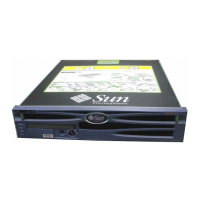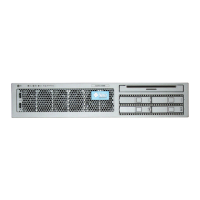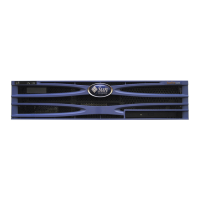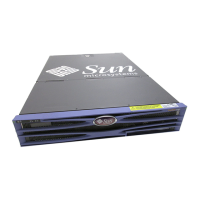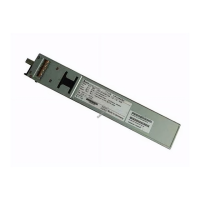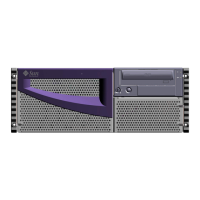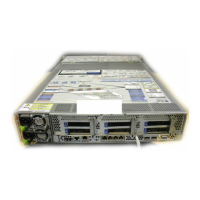48 Netra T2000 Server Administration Guide • September 2006
For information about VxVM and its DMP feature, refer to the documentation
provided with the VERITAS Volume Manager software.
For information about Sun StorEdge Traffic Manager, refer to your Solaris OS
documentation.
Storing FRU Information
▼ To Store Information in Available FRU PROMs
1. Obtain the ALOM prompt.
See “Switching Between the Consoles” on page 6.
2. At the sc> prompt type:
Automatic System Recovery
Automatic System Recovery (ASR) consists of self-test features, and an auto-
configuring capability to detect failed hardware components and unconfigure them.
By enabling this, the server can resume operating after certain nonfatal hardware
faults or failures have occurred.
If a component is monitored by ASR and the server can operate without the
components, the server automatically reboots if that component should develop a
fault or fail. This functionality prevents a faulty hardware component from keeping
the entire system down or causing the system to fail repeatedly.
If a fault is detected during the power-on sequence, the faulty component is
disabled. If the system remains capable of functioning, the boot sequence continues.
To support this degraded boot capability, the OpenBoot firmware uses the 1275
Client Interface (by means of the device tree) to mark a device as either failed or
disabled, by creating an appropriate status property in the device tree node. The
Solaris Operating System does not activate a driver for any subsystem marked as
failed or disabled.
setfru –c data
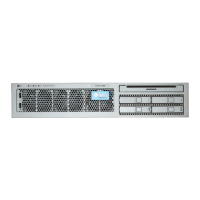
